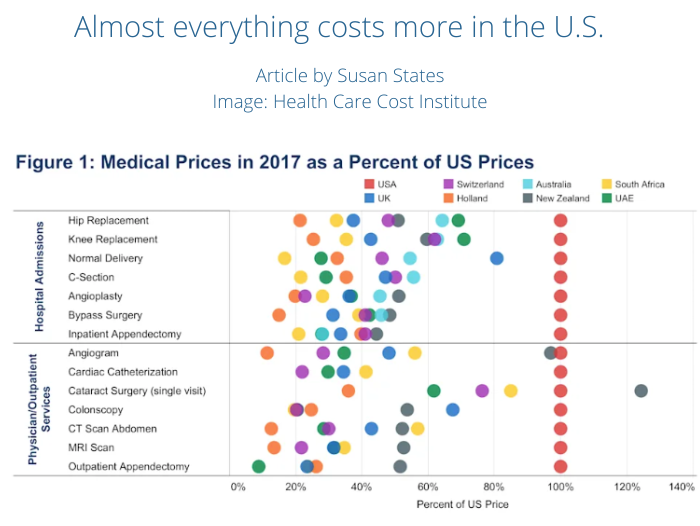By Susan States
America boasts of having the most technologically advanced health care delivery system in the world and yet this technology remains unaffordable for many. As cities and towns continue to address the issues of the homeless, they place affordable housing at the center but neglect the connection between health care and homelessness. The refusal to recognize this overwhelming connection must be addressed. The Affordable Care Act, which took effect in January 2014, has failed to provide actual affordable coverage. Even as politicians continue to promise affordable health care, it continues to be as elusive as the yeti.
Families are particularly vulnerable. In 2022, an annual federal report cited in an article by Luige DelPuerto with Colorado Politics, counted 10,397 homeless families in Colorado, an increase of nearly 2000 families since 2021. This means Colorado, whose population of 5.812 million ranks 13th in the nation, has 168 homeless people for each 100,000. The city of Denver saw a 244% increase in family homelessness since the pandemic.
COVID-19 increased family hardship as primary incomes and in some cases, secondary incomes, were wiped out. The loss of incomes, coupled with that of employer health insurance, added to the increase of homeless families and individuals.
This issue is not isolated to the COVID-19 impact. There are other catastrophic illnesses that continue to deplete incomes and place hardships on families and individuals. In Colorado, bankruptcy statistics show those who sought this remedy also had incurred credit card debt at 46.2%, with 37.2% unable to pay for necessities such as food, utilities and housing. Almost 16% of households tried to obtain a loan and 5.4% declared traditional bankruptcy.
The number of bankruptcies due to medical expenses is currently at 650,000 a year nationwide, accounting for more than 60% of total bankruptcy filings. This is an increase from 530,000 in 2019. In 2022, the medical bankruptcy rate increased to 62%. Currently, nearly a quarter of Americans have medical debt. According to Lending Tree, the per household breakdown for filings is as follows: Black households, 28%; Hispanic households, 22%; White households, 17%; and Asian households, 10%. Credit reports from before the pandemic indicated Americans had racked up $88 Billion in medical debt. In 2022, the debt increased to $140 billion per a New York Times article published in July, 2021. Projections made by The Centers for Medicare and Medicaid Services estimate that health care expenditures will reach approximately 6.2 trillion by 2028, a 50% increase from 2020. In 2023, 1 in 4 Americans will have trouble paying medical bills, with 1 in 3 delaying treatment because of cost. Physicians for a National Health Plan posted a study titled “Medical Debts now surpasses all other debt and likely shortens lives.” 32.6% of senior citizens 65 and over cited medical debt as the cause of their bankruptcy. This correlates directly to those 65+ being the fastest growing population of homeless people.
The current system of delivery and reimbursement continues to drive up premiums, co-pays and deductibles. Projections indicate that funding for Medicaid and Medicare will dissolve by 2030, placing an increased burden on senior citizens and those living at or below the poverty level. Colorado has a unique opportunity to become the model for health care in the nation by enacting a single payer universal health care system for everyone in our state. The need is great, the time to act is now.


